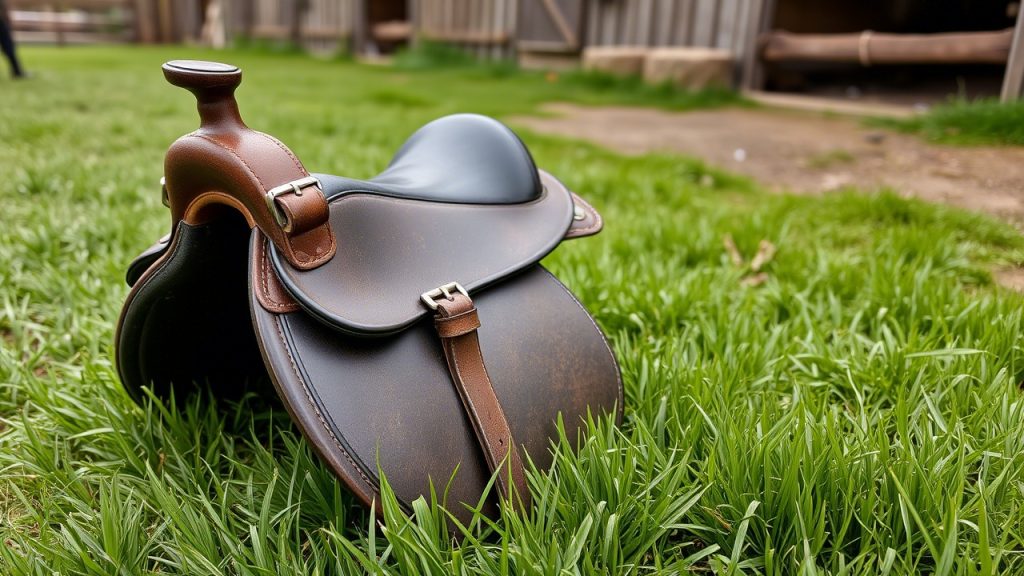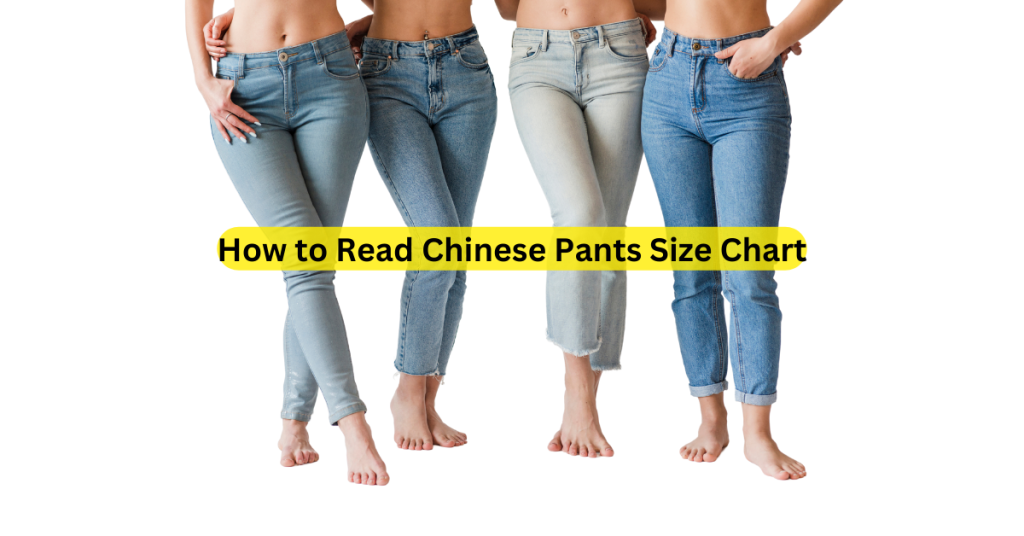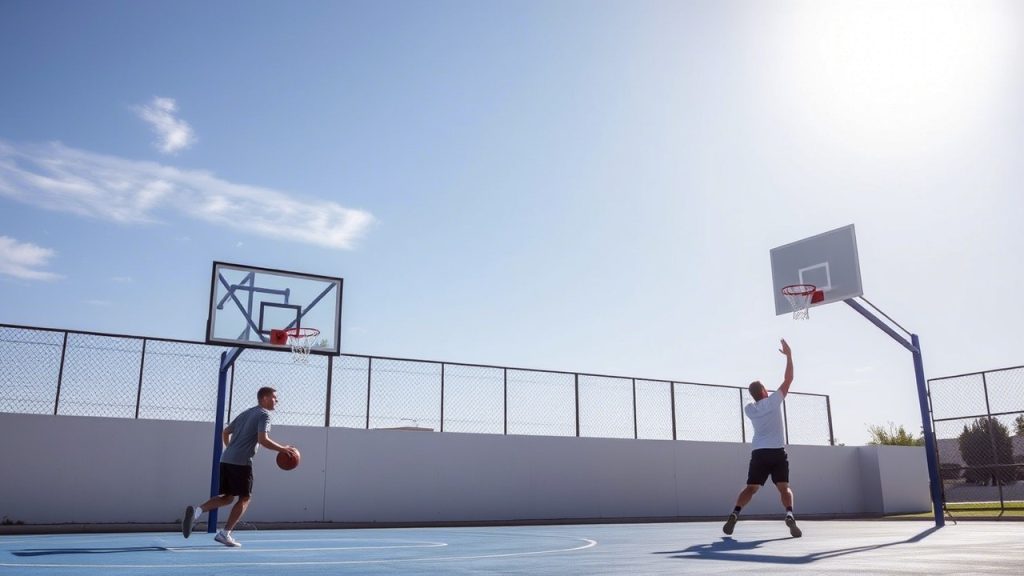Horseback riding is a thrilling and rewarding activity, but an uncomfortable saddle can quickly turn a joyful ride into a painful experience for both you and your horse. A well-fitting, comfortable saddle is essential for long rides, proper rider posture, and your horse’s health. Whether you’re a seasoned equestrian or a beginner, upgrading your saddle setup can make a noticeable difference in just one week. We’ll explore the 10 best horse riding saddle ideas to improve comfort in a week, helping you and your horse enjoy every moment in the saddle.
This blog post is packed with actionable tips, expert insights, and practical solutions to enhance your riding experience. From saddle fit to innovative accessories, these ideas are designed to deliver quick results while prioritizing comfort and performance. Let’s saddle up and dive in!
Why Saddle Comfort Matters
Before we explore the ideas, let’s understand why saddle comfort is critical. A poorly fitted saddle can cause discomfort, pain, and even long-term injury for both horse and rider. For the horse, an ill-fitting saddle may lead to saddle sores, muscle atrophy, or behavioral issues like bucking or resistance. For the rider, discomfort can result in poor posture, back pain, or reduced control during rides.
A comfortable saddle:
- Distributes the rider’s weight evenly across the horse’s back.
- Supports the rider’s posture and balance.
- Allows the horse to move freely without restriction.
- Enhances communication between horse and rider.
By implementing the following saddle ideas, you can address these issues and achieve a more comfortable ride in as little as seven days. Let’s get started!
1. Invest in a Professional Saddle Fitting
The foundation of saddle comfort is a proper fit for both horse and rider. A saddle that’s too tight, too loose, or improperly balanced can cause pain and restrict movement. Professional saddle fitting is the first step to improving comfort.
How to Do It:
- Hire a qualified saddle fitter registered with the Society of Master Saddlers (SMS).
- Schedule a static and dynamic fitting session to assess the saddle on your horse at rest and in motion.
- Ensure the saddle’s gullet provides clearance for the horse’s spine and the panels distribute weight evenly.
Why It Works in a Week:
A professional fitting can immediately correct issues like pinching or pressure points, leading to instant comfort improvements. Regular checks every 6–12 months account for changes in your horse’s conformation.
Pro Tip: Look for saddle fitters offering courses like The Saddle Bank’s “Recognising Saddle Fit Issues” to learn how to spot problems yourself.
2. Choose the Right Saddle Type for Your Discipline
Different riding disciplines require specific saddle designs to maximize comfort. For example, a dressage saddle promotes a deep seat for flatwork, while a jump saddle allows freedom of movement for jumping.
How to Do It:
- Identify your riding style (e.g., dressage, jumping, trail riding, or western).
- Select a saddle designed for your discipline:
- Dressage Saddles: Deep seat for straight posture and balance.
- Jump Saddles: Flatter seat with forward-cut flaps for higher knee positions.
- Western Saddles: Padded seats for long trail rides and stability.
- Australian Stock Saddles: Comfort for steep terrain but may limit rising trot.
- Test saddles with a fitter to ensure compatibility with your horse’s build.
Why It Works in a Week:
Switching to a discipline-specific saddle aligns your body and your horse’s movements, reducing strain and improving comfort instantly.
Pro Tip: For trail riding, consider saddles with extra D-rings for gear and felt skirts for a cooler horse back.
3. Upgrade to a Saddle with Adjustable Features
Modern saddles with adjustable gullets or panels offer flexibility to adapt to your horse’s changing shape, ensuring ongoing comfort.
How to Do It:
- Choose saddles with systems like the Easy-Change Fit Solution or self-adjusting gullets.
- Adjust the saddle to fit your horse’s current conformation, especially if they gain or lose weight seasonally.
- Work with a fitter to fine-tune adjustments.
Why It Works in a Week:
Adjustable saddles can be tailored immediately to your horse’s needs, eliminating discomfort caused by poor fit.
Pro Tip: Saddles like the Acerugs Premium Black Leather English Saddle offer adjustable features at an affordable price.
4. Add a High-Quality Saddle Pad
A well-designed saddle pad can enhance comfort by providing extra cushioning and reducing pressure points.
How to Do It:
- Select a pad with moisture-wicking materials and shock-absorbing foam or gel.
- Ensure the pad fits your saddle and horse, with the front aligned just in front of the withers.
- Consider pads like the Contour Saddlery VersaFit™ for customized fit.
Why It Works in a Week:
A new saddle pad can instantly improve weight distribution and reduce friction, making rides more comfortable for your horse.
Pro Tip: Groom your horse thoroughly before saddling to prevent dirt from causing irritation under the pad.
5. Optimize Saddle Flocking
Flocking, the stuffing inside saddle panels, plays a crucial role in fit and comfort. Over time, flocking can compress, leading to uneven pressure.
How to Do It:
- Have a saddle fitter check and adjust flocking to match your horse’s back shape.
- Avoid over- or under-flocking, as both can cause discomfort.
- Consider foam panels for lighter weight and less maintenance, though flocking is more adjustable.
Why It Works in a Week:
Proper flocking adjustments can correct saddle balance and eliminate pressure points within days, enhancing comfort for both horse and rider.
Pro Tip: Schedule flocking checks every 6 months to maintain optimal fit.
6. Improve Rider Posture with Saddle Accessories
Your posture affects saddle comfort. Accessories like seat savers or grip pads can help you maintain a balanced position.
How to Do It:
- Use a padded seat saver for extra cushioning during long rides.
- Add non-slip grip pads to prevent slipping and improve leg stability.
- Practice exercises like “riding on your thigh” to distribute weight evenly.
Why It Works in a Week:
Accessories and posture adjustments can immediately reduce rider fatigue and improve communication with your horse, enhancing overall comfort.
Pro Tip: Try yoga or Pilates to strengthen your core, which supports better saddle posture.
7. Select a Saddle with High-Quality Materials
Saddles made from durable, comfortable materials like premium leather or synthetic microfiber can significantly improve the riding experience.
How to Do It:
- Choose saddles with soft, supple leather or synthetic materials that are easy to clean and UV-resistant.
- Consider lightweight options like the HILASON Flex Tree Western Saddle for reduced strain on your horse.
- Ensure the saddle tree is sturdy and fits your horse’s back.
Why It Works in a Week:
High-quality materials mold to your body and your horse’s back, providing instant comfort and durability.
Pro Tip: Clean synthetic saddles with water before using cleaning products to avoid a greasy finish.
8. Address Saddle Sores with Preventive Care
Saddle sores can ruin comfort for your horse. Preventing and treating them quickly is essential.
How to Do It:
- Groom your horse before and after rides to remove dirt and sweat.
- Use antimicrobial treatments like Vetericyn Plus for any sores.
- Check tack fit to ensure it’s not too tight or loose.
Why It Works in a Week:
Proper grooming and treatment can heal minor sores and prevent new ones within days, restoring your horse’s comfort.
Pro Tip: Monitor your horse’s behavior – Ensure your saddle fits correctly to avoid sores caused by rubbing or pressure.
9. Try a Treeless Saddle for Flexibility
Treeless saddles offer a flexible alternative to traditional saddles, conforming closely to your horse’s back.
How to Do It:
- Test a treeless saddle to see if it suits your horse and riding style.
- Pair with a high-quality pad to ensure adequate support.
- Consult a fitter to ensure it distributes weight evenly.
Why It Works in a Week:
Treeless saddles adapt to your horse’s movements, providing immediate comfort, especially for hard-to-fit horses.
Pro Tip: Avoid treeless saddles for heavy riders or long rides unless paired with a rigid pad to prevent pressure points.
10. Schedule Regular Saddle Maintenance
Regular maintenance keeps your saddle in top condition, ensuring ongoing comfort.
How to Do It:
- Clean and condition leather saddles regularly to maintain suppleness.
- Inspect for wear, such as loose stitching or chipped material.
- Store saddles in a dry, temperature-controlled environment.
Why It Works in a Week:
A well-maintained saddle fits better and feels more comfortable, with noticeable improvements after a thorough cleaning and inspection.
Pro Tip: Use a saddle cover to protect your saddle from dust and scratches.
How to Implement These Ideas in a Week
To maximize comfort in just one week, follow this schedule:
- Day 1: Schedule a professional saddle fitting and assess your current saddle.
- Day 2: Research and test discipline-specific or adjustable saddles.
- Day 3: Purchase a high-quality saddle pad and groom your horse thoroughly.
- Day 4: Have flocking adjusted and add posture-enhancing accessories.
- Day 5: Upgrade to a saddle with premium materials or try a treeless option.
- Day 6: Address any saddle sores and practice preventive care.
- Day 7: Perform a full saddle maintenance check and enjoy a comfortable ride!
By combining these ideas, you’ll notice significant improvements in comfort for both you and your horse within a week.
FAQs About Horse Riding Saddle Comfort
1. How do I know if my saddle fits my horse properly?
A properly fitting saddle has a gullet that clears the spine, even panel contact, and no pressure points. A professional saddle fitter can confirm the fit.
2. What’s the best saddle type for trail riding?
Western or endurance saddles with padded seats and extra D-rings are ideal for trail riding due to their comfort and gear-carrying capacity.
3. Can a saddle pad improve comfort?
Yes, a high-quality pad with shock-absorbing materials can reduce pressure and enhance fit, improving comfort instantly.
4. How often should I check my saddle’s flocking?
Check flocking every 6 months or whenever your horse’s shape changes to maintain proper fit and comfort.
5. Are treeless saddles better for comfort?
Treeless saddles can be more comfortable for horses with unique conformations but may not suit heavy riders or long rides without proper padding.
6. How can I prevent saddle sores on my horse?
Groom thoroughly, ensure proper tack fit, and use antimicrobial treatments for any sores to prevent and heal them.
7. What materials are best for a comfortable saddle?
Premium leather or durable synthetics like microfiber offer comfort, durability, and easy maintenance.
8. How does rider posture affect saddle comfort?
Poor posture can cause imbalance and discomfort. Accessories like seat savers and core-strengthening exercises improve posture and comfort.
9. Can I make my current saddle more comfortable?
Yes, adjusting flocking, adding a quality pad, and maintaining the saddle can enhance comfort without buying a new one.
10. How much does a professional saddle fitting cost?
Costs vary but typically range from $100–$300, depending on the fitter and region. Check with local SMS-registered fitters for quotes.
Conclusion
Improving saddle comfort doesn’t have to be a long or complicated process. By implementing these 10 best horse riding saddle ideas to improve comfort in a week, you can transform your riding experience and ensure your horse is happy and healthy. From professional fittings to high-quality materials and preventive care, these tips are practical, effective, and quick to show results.
Ready to ride in comfort? Start with a professional saddle fitting, explore adjustable saddles, and prioritize regular maintenance. Your horse and your body will thank you. Share your favorite saddle comfort tips in the comments below, and happy riding!





